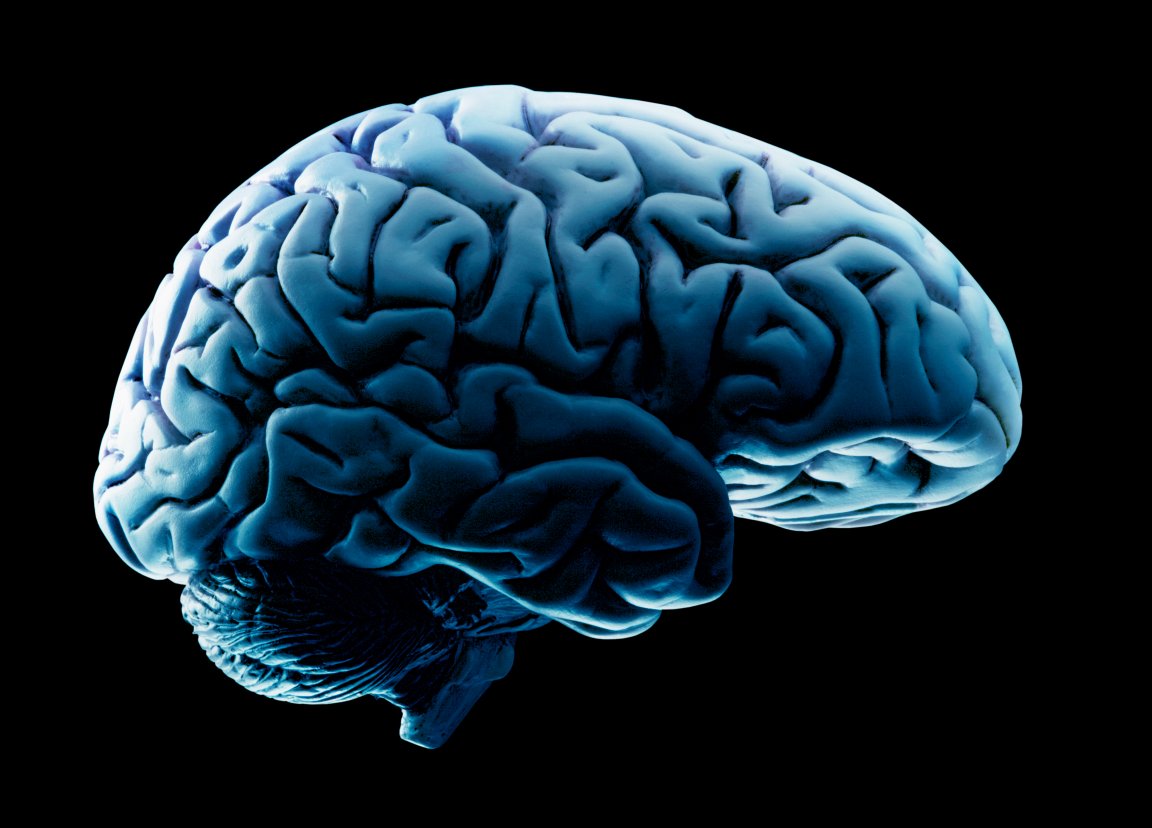
A (De)centralized Nervous System
Those annoying Crossfit instructors that like to say that pain is all in your head used to have the general support of the scientific community backing them up. The widely accepted scientific theory has been that the central nervous system — your brain and spinal cord — is the sole arbiter capable of analysis and interpretation of sensations like temperature, texture, or pain.
Now, neuroscientists studying how rodents react to stimulation say that the body’s peripheral nervous system — all those nerves running throughout the rest of your body — may do more than just send sensory input from the environment on to the CNS for interpretation. They may interpret and react to it, too.
Recent research has hinted at a more complex role for the ganglia, a collection of nodules that make up part of the peripheral nervous system. In the past, they were thought to be a source of energy to transport messages throughout the nervous system, but now, it seems likely that these nodules might also work as “mini-brains,” modifying the nature and quantity of information that is transmitted to the central nervous system with the help of GABA, a signaling molecule.

“We don’t yet know how the system works, but the machinery is definitely in place to allow the peripheral system to interpret and modify the tactile information perceived by the brain in terms of interpreting pain, warmth, or the solidity of objects,” said neuroscientist Professor Nikita Gamper, who led the research, which has been published in the Journal of Clinical Investigation. “Further research is needed to understand exactly how it operates, but we have no reason to believe that the same nerve arrangements would not exist in humans.”
Managing (or Eradicating) Pain
This discovery may be important to the management — or even eradication — of pain. Pain relief drugs currently target the central nervous system, often with side effects such as tolerance problems, nausea, and addiction. Targeting the peripheral nervous system for pain management could mean safer yet more effective therapies without such problems as addiction or drowsiness.
This research is still in its early stages, and further work is needed before we can know whether these results apply to humans. If they do, even more work will need to be done before drugs could be developed, tested, and clinically trialled. Unfortunately, that could take 15 to 20 years.
Currently, pain affects more people in the U.S. than diabetes, heart disease, and cancer combined, according to the National Institute of Health. Many of those people turn to prescription medications for relief, and now, more than 2 million people in this country abuse opioid pain relievers and more people are dying from their use than any illegal drugs. With the numbers only continuing to grow, any potential future alternative to their use is encouraging, no matter how distant it may be.